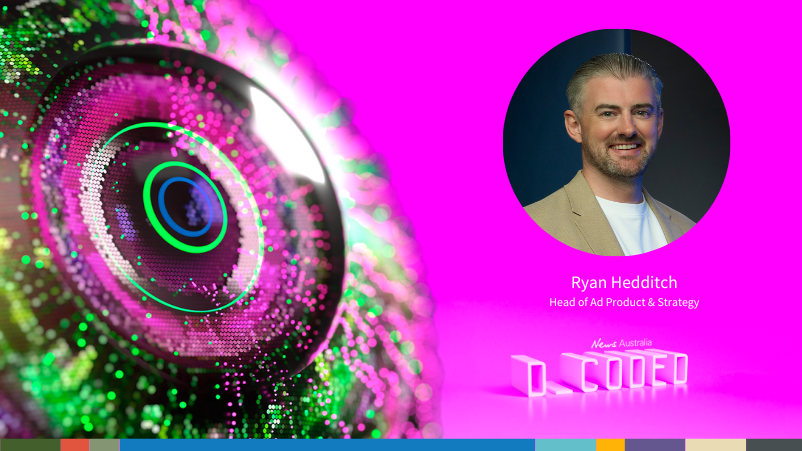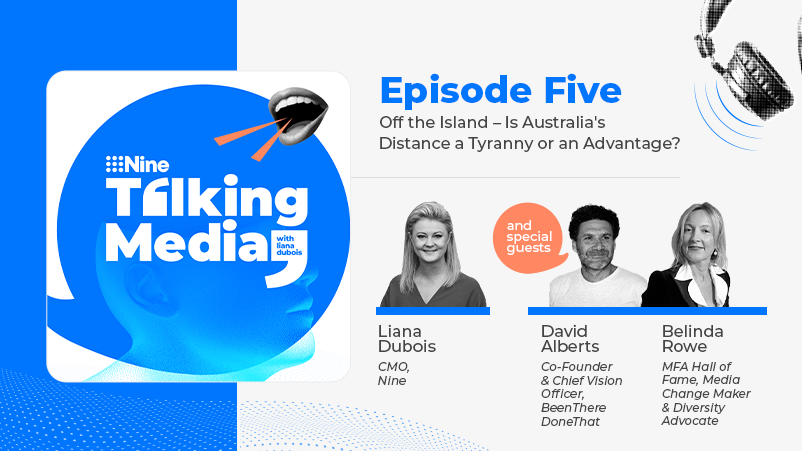Marketing magpies: Stop fetishising the new, start building stronger brands, more effective ads – and let people catch-up with what you’ve already done
We’re an industry of magpies, distracted by new, shiny things and fetishising novelty. That tendency can work in our favour. It keeps things interesting, balances day-to-day drudgery and ignites a level of curiosity that might otherwise wane. But it often comes at the expense of what is tried, true and works, tripping us up on the path to successful brand building. Let the brand – and consumers – catch-up before moving on, says BMF head of effectiveness Hannah McHard.
I’ve been conscious recently of the need for my kids to start learning some life skills. Not least, the ones that help us leave the house in the morning without feeling like we’ve walked off the set of The Last of Us before 8AM.
Getting uniforms ready, working out which of the 27 weekly activities they’re mastering the next day and finding at least one shoe in advance. I’ve been positioning this with them as something their ‘tomorrow selves’ will be thankful for.
To kids, especially primary school aged kids who can barely tell the time, the idea of a tomorrow self is pretty abstract. But it forges a path for autonomy I can see is necessary in the future, that they remain blissfully ignorant to. For marketers, there’s a lot to be said for considering how you can prepare your brand for its tomorrow self with the decisions you make today.
The novelty fetish
It’s widely reported that we’re an industry of magpies, distracted by new, shiny things. This novelty-seeking tendency often works in our favour. It keeps things interesting, balances the drudgery of the day-to-day and ignites a level of curiosity that might otherwise wane. It keeps us engaged with the rapid evolution of tech, pushes us to try out new media channels, testing capabilities, organisation tools. It’s probably the reason I drank a little too much pét-nat on our recent agency away day. It was unusual and interesting, and a welcome break from the ordinary.
As a creative industry, it’s a prerequisite that we have a higher tolerance for the new than most. But, by the same token, this can transpire as an intolerance of the old, or even the current. Our industry tends to fetishise novelty. But this often comes at the expense of what is tried, true and works. This can trip us up on the path to successful brand building, because we’re restless to move on well before we’ve allowed our brand, or more importantly, its customers, to catch up.
Sometimes bravery is about navigating the uncharted, yes, but often bravery is about hanging onto what is proven to work.
In our eagerness to advance, we can lose sight of a fundamental tenet of building great brands – consistency, and the patience required to deliver progress at the right pace. We might have the capability to see beyond the here and now, but move too soon and this will come at the expense of what is currently needed, and what’s working.
Brand identities form in the minds of our current and potential customers gradually, but they take up an infinitesimally small part of those minds, and lodging in there in the first place takes a significant amount of work. At a basic level, we need to invest sufficiently to reach enough of our audience, on platforms that will actually garner attention. Recent thinking has evidenced that all attention is not equal, if, in fact, attention is achieved at all.
Capitalising on that hard-earned attention, our campaigns need to be new enough to stand out, to cut through. We’re good at that part, for reasons already mentioned. But this is where the restraint comes in. A willingness to let a campaign sit for a while. To marinade. To avoid the ever tempting siren song of the fresh just long enough that we achieve the much needed balance of the familiar. Once we strike that balance, consistency comes with continuing a ratio of just enough fresh sprinkled into the familiar, over the long term.
Brand pays
An overemphasis on performance advertising in the last decade has left marketers struggling to clearly see the fruits of their brand-building labour. Airbnb, for example, had to rethink its marketing spend entirely to realise the true impact of investing in activity with a longer-term brand focus. For years they thought the clicks were born of their performance investment. Then Covid hit. They turned off performance spend and doubled down on big, bold brand campaigns. People continued to search and click, dreamers planning for post-Covid reality.
The short-term power of long-term thinking had been masked. Even without performance, people were already on their way to search, the last-click attribution a misleading narrative for which part of their investment was driving growth. A realisation clearly evidenced when Airbnb reported their most profitable fourth quarter on record in February 2023 and this month, its most profitable quarter full stop. And they’re not alone – P&G, Uber and eBay have followed suit, divesting out of performance with no negative financial repercussions.
What's the rush?
Advertising memories we build need to be intrinsically linked to the correct brand and, ideally, deliver some positive associations to boot. Both can be achieved more easily with a commitment to consistency. From the inside, brands are ever evolving. Striving for annual growth targets, hopefully set with care and a strong dose of data-based realism. From the outside, a well known brand is a mark of confidence, trust, even comfort and reassurance. Shifting too far can undermine this connection, and hold back marketing efforts. Get the balance of fresh and familiar right, and we enable brands to act as a bridge between nostalgia of the past and relevance in the present, while nudging towards the potential of the future.
Strong strategic thinking imbues longevity into campaigns that can meander with customers at their own pace. Good stories, well told, leave the audience wanting more. Our unique ability to think ahead allows us to prepare brands for what’s coming, for their tomorrow selves. But let’s not rush so fast to get there that we forget to put on the other shoe.



